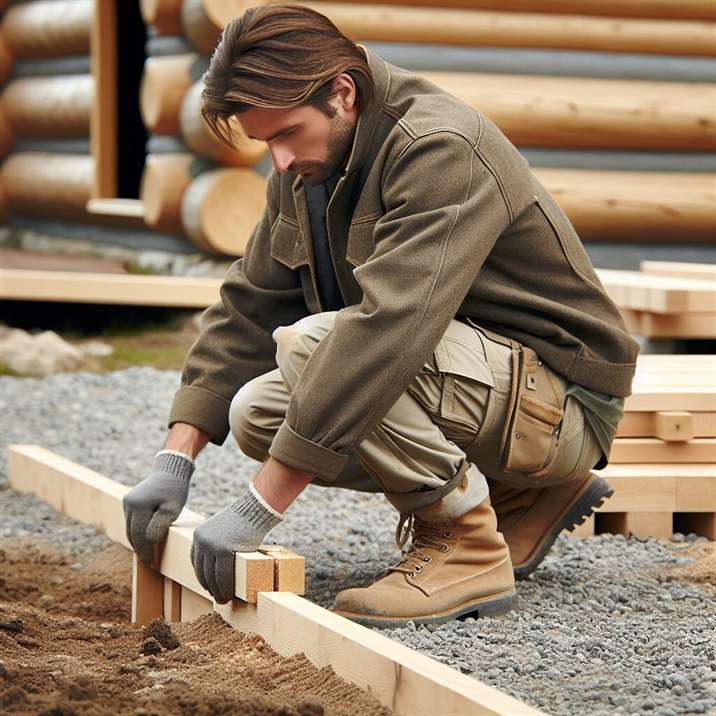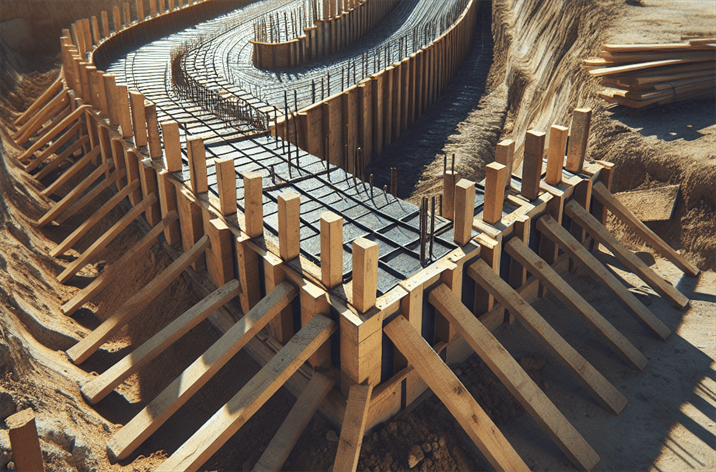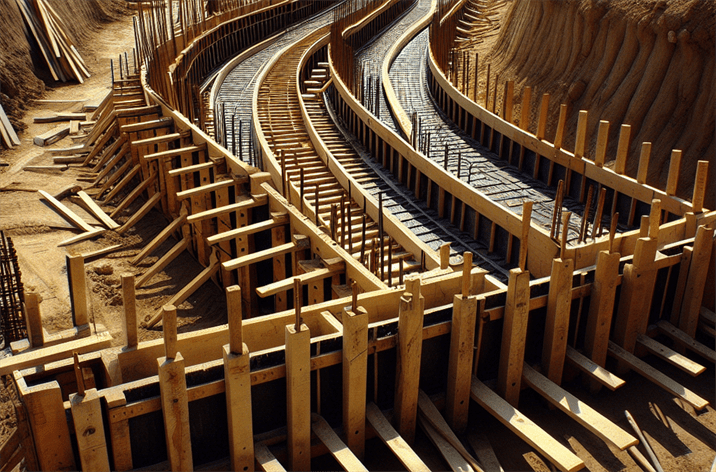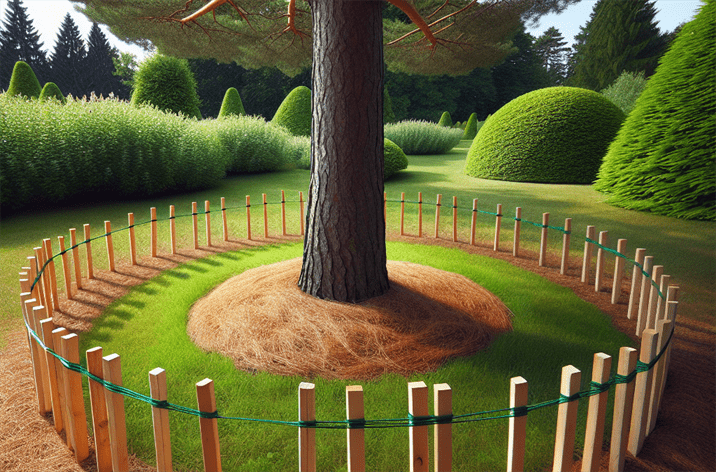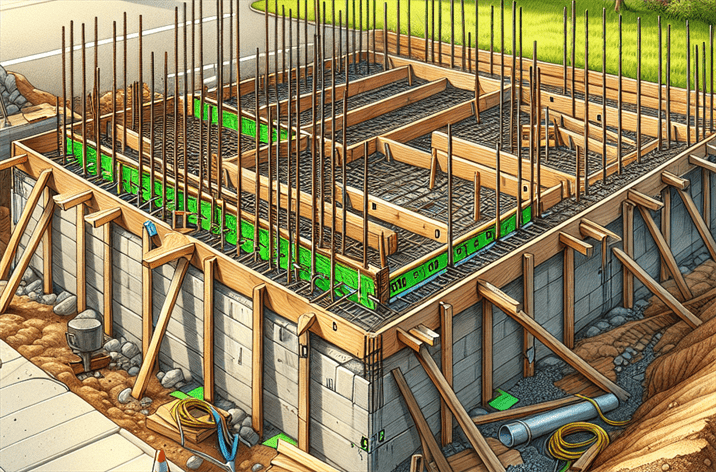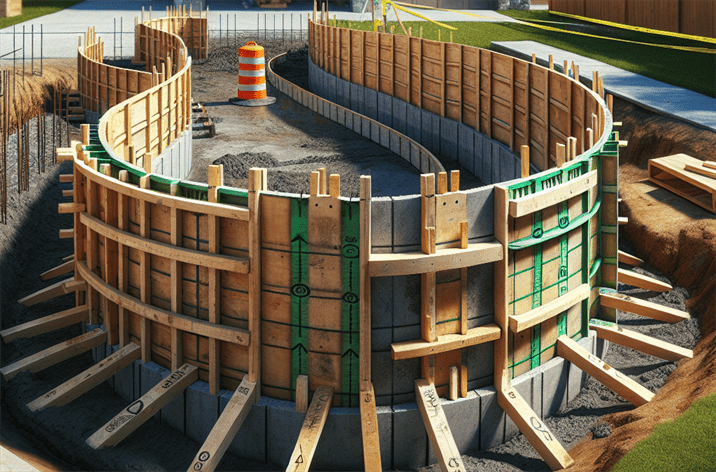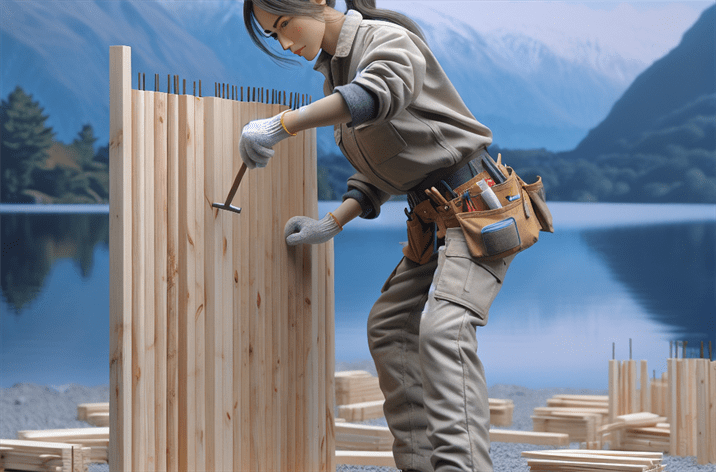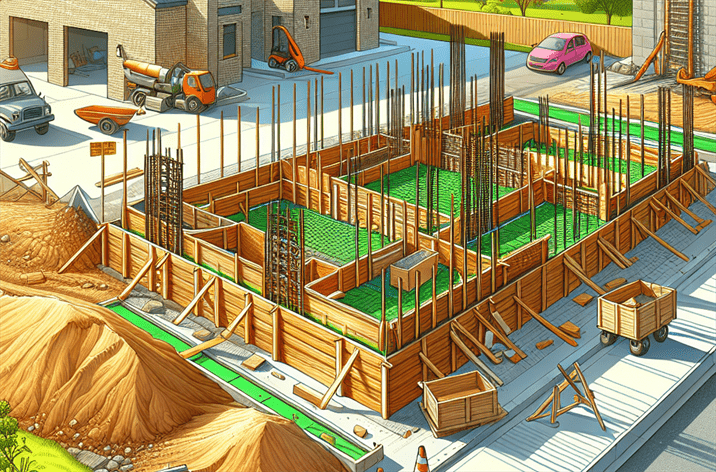The Ultimate Guide to Durable Wood Stakes for Concrete Forms
Introduction
Did you know that the choice of construction materials can significantly impact the longevity and durability of a project? Among these materials, durable wood stakes for concrete forms stand out as an essential component in modern construction practices. Not only do they serve practical purposes, but they also embody a blend of tradition and innovation that appeals to contractors and DIY enthusiasts alike.
In recent years, the construction industry has witnessed a growing trend towards sustainable and efficient building practices. As projects become increasingly complex, the need for reliable materials has never been more crucial. Durable wood stakes, specifically designed for concrete forms, have emerged as a solution that meets these demands. Their ability to withstand harsh environmental conditions while providing structural support makes them invaluable.
In this comprehensive guide, we will explore everything you need to know about durable wood stakes for concrete forms. We will delve into what they are, how they work, their benefits, and their applications in various industries. Additionally, we’ll discuss the latest trends and innovations surrounding these essential construction materials. By the end of this article, you’ll have a clear understanding of why durable wood stakes are a must-have for any construction project.
What Are Durable Wood Stakes for Concrete Forms?
Definition
Durable wood stakes are robust wooden posts used primarily to support and shape concrete during the curing process. These stakes are driven into the ground to create a framework that holds concrete until it sets. Their primary purpose is to ensure that the concrete maintains its intended shape and alignment, making them critical in any concrete construction project.
Historical Context
The use of wooden stakes in construction has a long history, dating back to ancient civilizations. Early builders utilized natural materials, such as wood, to create frameworks for various structures. Over time, as construction methods evolved, so did the materials used. The introduction of treated wood and engineered wood products has enhanced the durability and functionality of stakes, enabling them to perform better in various environments.
Importance of Durable Wood Stakes for Concrete Forms
In today’s construction landscape, the importance of durable wood stakes cannot be overstated. They provide a reliable and cost-effective solution for shaping concrete, which is vital for achieving precise structural designs. As environmental concerns grow, the demand for eco-friendly materials, such as sustainably sourced wood, has surged, highlighting the relevance of durable wood stakes in contemporary building practices.
Durable Wood Stakes for Concrete Forms in the Context of Construction
In the construction industry, durable wood stakes play a pivotal role in ensuring project accuracy and efficiency. They are used in residential, commercial, and industrial applications, making them versatile tools for contractors. Their ability to withstand harsh weather conditions and provide stable support is critical for successful concrete pouring.
Key Players or Contributors
Several companies and organizations have contributed to the advancement of durable wood stakes. Manufacturers are now focusing on creating high-performance wood products that meet stringent quality standards. For instance, companies specializing in affordable wooden stakes for construction use have made significant strides in providing durable options that cater to various construction needs.
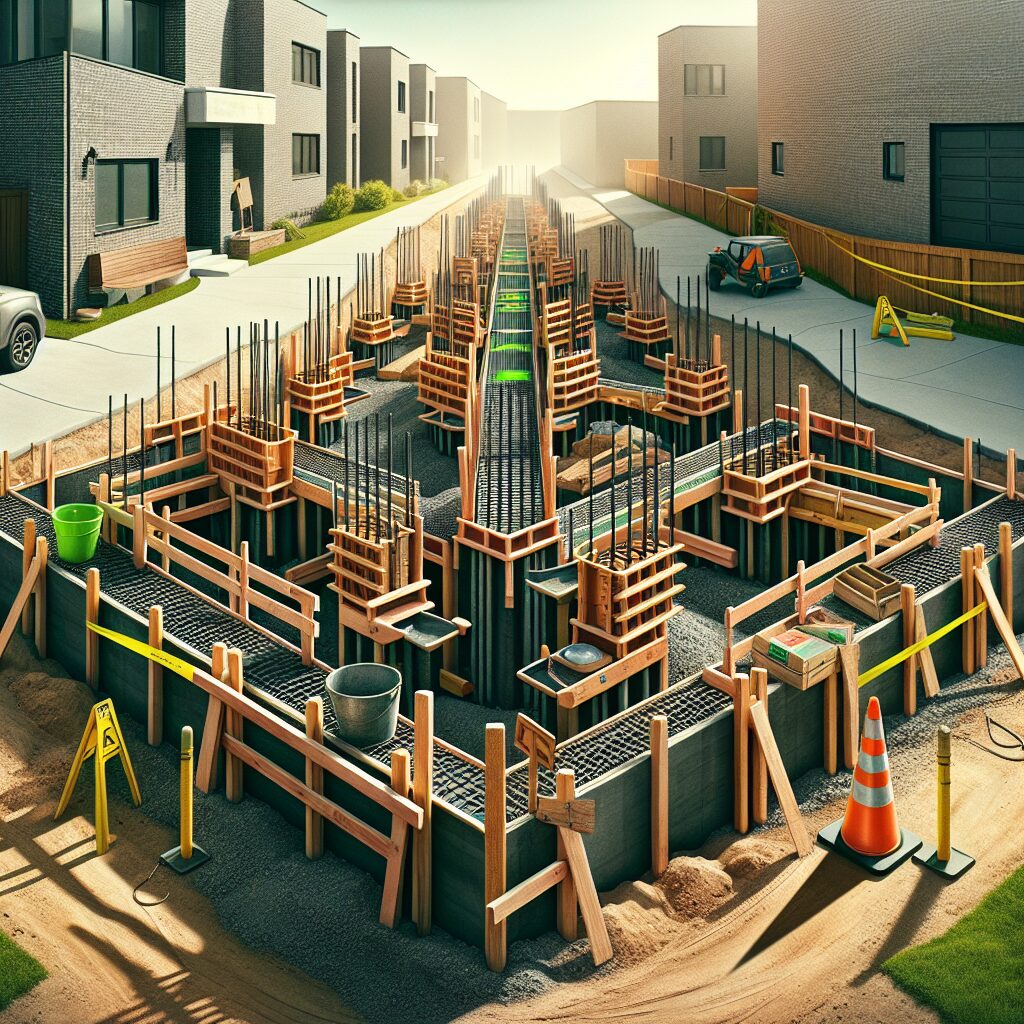
How Do Durable Wood Stakes for Concrete Forms Work?
The Mechanics of Durable Wood Stakes for Concrete Forms
Understanding how durable wood stakes work is essential for effective application. Here’s a step-by-step guide:
- Site Preparation: Before driving the stakes, the construction site must be prepared. This includes clearing the area of debris and leveling the ground.
- Placement of Stakes: Durable wood stakes are driven into the ground at specific intervals to outline the area where concrete will be poured. The stakes must be aligned to ensure that the concrete forms are straight and level.
- Securing the Forms: Once the stakes are in place, wooden or plastic forms are attached to them, creating a mold for the concrete. This step is crucial for maintaining the shape of the concrete during curing.
- Pouring Concrete: With the forms secured, concrete is poured into the mold. The stakes provide the necessary support to hold the weight of the concrete until it hardens.
- Removing the Stakes: After the concrete has cured, the stakes can be removed. This process should be done carefully to avoid damaging the newly set concrete.
Technological Foundations of Durable Wood Stakes for Concrete Forms
The advancement of technology has led to the development of innovative materials for durable wood stakes. Treatments such as pressure treatment enhance the resistance of wood against rot, insects, and moisture. Additionally, engineered wood products like laminated veneer lumber (LVL) offer increased strength and stability, making them ideal for high-demand construction environments.
Real-World Applications of Durable Wood Stakes for Concrete Forms
Durable wood stakes are utilized across various construction projects, including:
- Residential Construction: Used for forming foundations, driveways, and patios.
- Commercial Projects: Employed in building larger structures where precise concrete shapes are critical.
- Landscaping: Utilized to create retaining walls or decorative concrete features.
Case Studies/Examples of Durable Wood Stakes for Concrete Forms in Action
One noteworthy example is a residential building project in Wisconsin, where contractors used engineered wood stakes to ensure the foundation’s alignment and stability. By employing these durable stakes, the construction team was able to avoid costly mistakes and delays, showcasing the effectiveness of using high-quality materials in foundation work.
Benefits and Drawbacks of Durable Wood Stakes for Concrete Forms
Benefits:
- Strength and Stability: Durable wood stakes provide excellent support for concrete forms.
- Cost-Effective: Compared to other materials, wooden stakes are often more affordable and readily available.
- Sustainable: When sourced responsibly, wood stakes can be an eco-friendly option, contributing to sustainable construction practices.
Drawbacks:
- Weather Sensitivity: Wooden stakes can be affected by extreme weather conditions if not treated properly.
- Limited Lifespan: While durable, wood stakes may not last as long as metal alternatives in certain environments.
The Benefits of Durable Wood Stakes for Concrete Forms
Why Use Durable Wood Stakes for Concrete Forms?
Using durable wood stakes for concrete forms provides several advantages that enhance both the quality and efficiency of construction projects.
Improved Efficiency and Productivity
Durable wood stakes streamline the construction process by providing reliable support for concrete forms. This stability allows contractors to work faster and with greater precision, reducing the likelihood of errors during the pouring and curing process. By utilizing high-quality stakes, builders can also minimize the time spent on site, leading to overall project efficiency.
Cost-Effectiveness
Investing in durable wood stakes can lead to significant cost savings. Their affordability, coupled with their effectiveness in supporting concrete forms, means that contractors can allocate resources more efficiently. Moreover, using durable materials reduces the need for frequent replacements, further enhancing ROI. For more information on affordable options, check out our guide on cost-effective stakes for fencing.
In conclusion, durable wood stakes for concrete forms are essential tools that contribute to the success of construction projects. Their strength, cost-effectiveness, and sustainability make them a preferred choice among contractors. As the construction industry continues to evolve, the importance of using high-quality materials like durable wood stakes will only increase, ensuring that projects are completed efficiently and successfully.
By understanding the mechanics, benefits, and applications of durable wood stakes, you can make informed decisions that enhance your construction practices and project outcomes. Whether you are a seasoned professional or a DIY enthusiast, investing in durable wood stakes will yield long-term benefits for your construction endeavors.
Resource Links:
1. Concrete Construction – Overview of using wood stakes for setting concrete forms, including durability tips.
2. Family Handyman – Step-by-step guide on constructing concrete forms with durable wood stakes.
3. Lowe’s – Instructions on setting concrete forms using wood stakes, highlighting material choices for durability.

